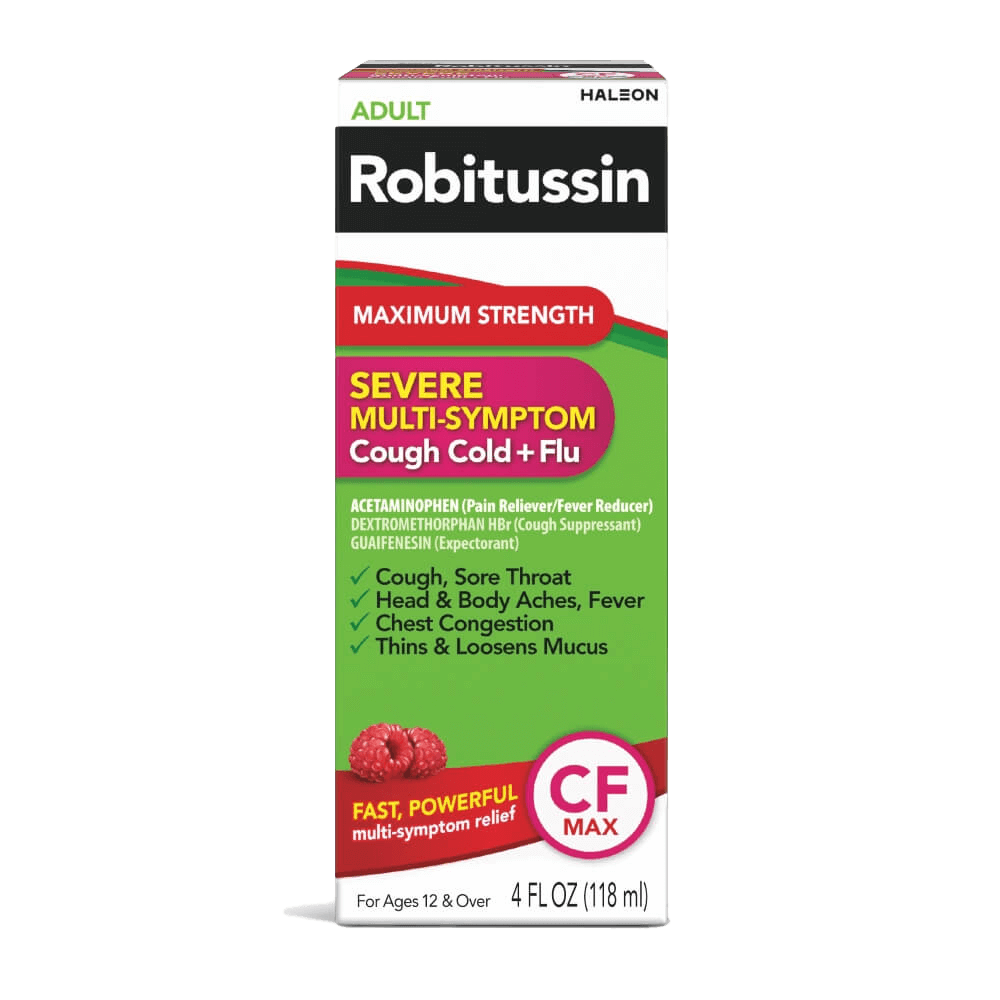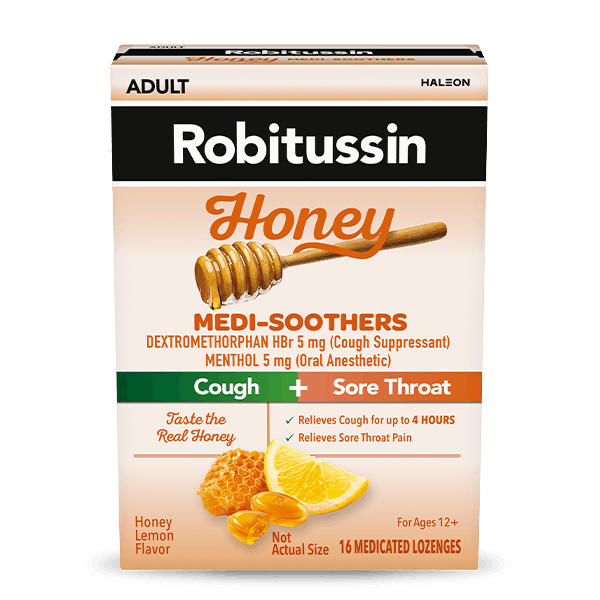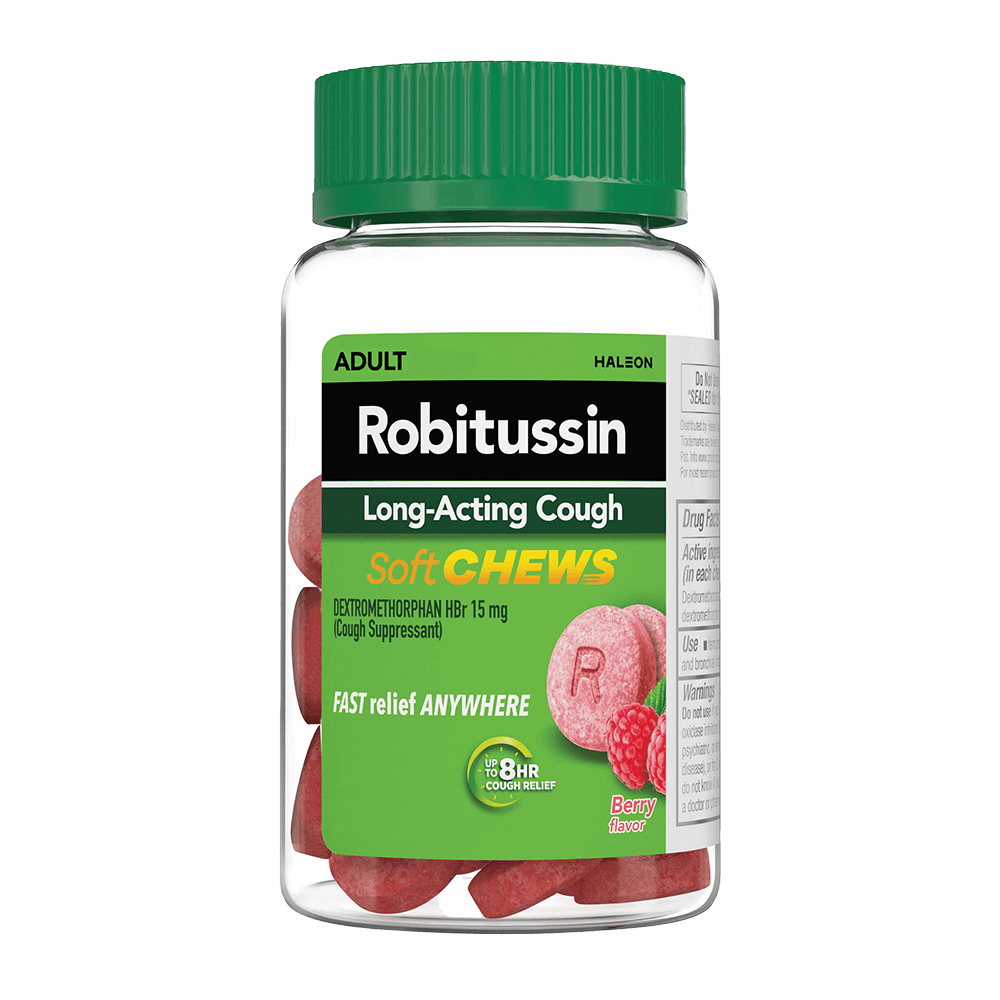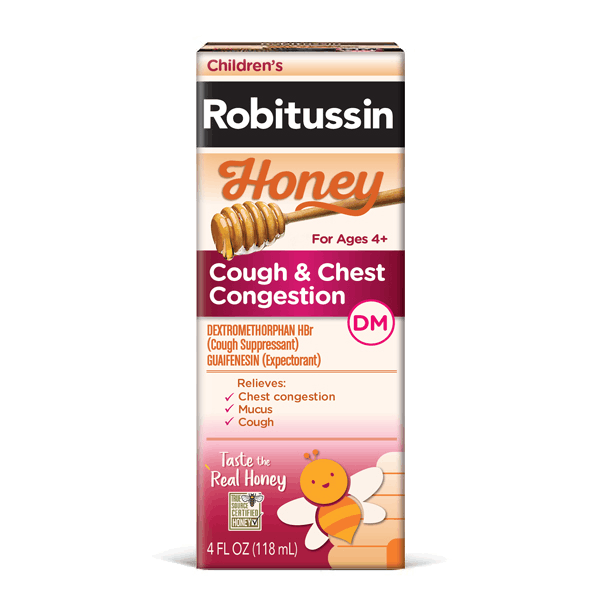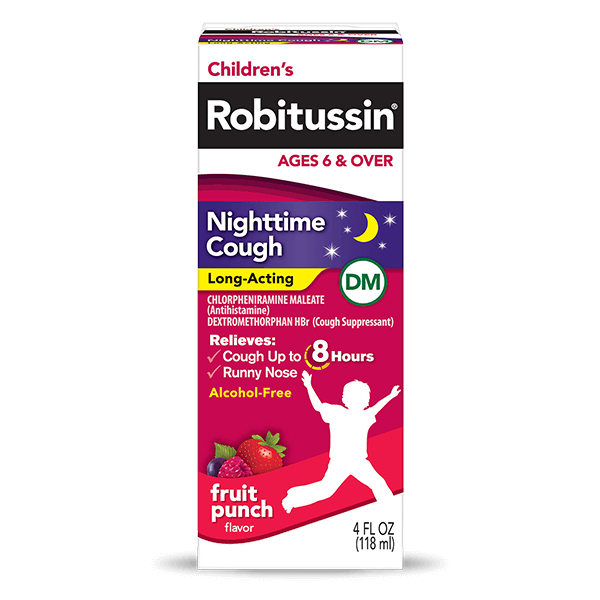What Does Your Snot Color Mean?
When you’re sick and have a runny nose, you might be constantly dealing with excess snot. Having excessive snot plugged up your nose can be frustrating and embarrassing to deal with, but it can also be helpful in figuring out what’s causing you to feel sick. If you’ve ever secretly checked to see what’s left on the tissue after blowing your nose, don’t feel ashamed about your curiosity. The color of your snot can actually tell you so much about what’s going on in your body. You can also discuss a concerning change in your snot color with your doctor, who can help you identify the cause of your illness with medical training and diagnostic tests.1 Read on to learn more what the color of your snot means and how it can help identify possible health conditions.

What is Excessive Snot?
Snot, also known as mucus, is the normal secretion of mucous membranes that line your nose and sinuses.2 We may not be aware of it, but our bodies produce a lot of mucus. The exact amount that your body makes is unknown, but experts believe that it’s close to one liter a day.2 Your body produces so much mucus because it plays an important role in staying healthy. Its slippery consistency helps protect and moisturize your nasal passages.2 Mucus also traps potential irritants like bacteria, viruses, dirt and dust before they enter your body through your nose.1,2 However, your body can overproduce mucus when you have a cold, have irritated sinuses (or sinusitis), have allergies or are exposed to irritants like smoke or pollution.2 Your body makes more mucus to get any germs or irritants out of your body and will change your snot’s color based on what illness or condition you’re dealing with.2
What Does Your Snot Color Mean?
A change of color in your snot may be a little gross, but it’s your body’s way of telling you that something is up. The color of your snot isn’t the primary way to diagnose your sickness, but it is a good way to give you a better sense of what’s going on with your body.4 The next time you reach for a tissue, check to see what comes out so you can see what your body is trying to tell you about your condition.
Clear
Your snot should be clear most of the time. Straight mucus appears clear because it is mostly water, proteins, antibodies and dissolved salts.4 Clear mucus is constantly produced by your nasal tissues, and most of it flows down to the back of your throat and is dissolved in the stomach.4 If your body is overproducing clear mucus, it may be a sign of allergies.1 In this case, your body is trying to push out any dust, pollen or other irritating particles to keep them out of your lungs and minimize coughing.1,3
White
After a few days of fighting off a virus, your mucus may start to appear white.1 White mucus is a sign of congestion from a nasal infection or a cold.4 Inflamed tissues in your nose cause the flow of mucus to slow down and lose moisture, which makes it look thick and cloudy in color.4
Yellow
Yellow is one of the more distinct snot colors you may see after blowing your nose. As drastic of a color change it may be, yellow mucus just means that your cold or infection is progressing and infection-fighting cells are on their way to the cause of the infection.4 The yellow-ish tinge comes from the combination of white blood cells and the flow of mucus.4
Green
If your mucus appears green, that means that your immune system is fighting the infection extra hard.4 Your white blood cells produce enzymes to help fight off an infection or irritant.5 These enzymes contain iron, which gives your mucus a green color.5 Your mucus may appear more green when you blow your nose for the first time after waking up because it becomes more concentrated after sitting around for a long period of time.5
Pink, Red or Brown
If your mucus looks either pink, red or brown, it is most likely blood.4 Blood can appear in your mucus if your nasal tissue breaks from dryness or irritation.4 Brown mucus can also occur if you accidentally inhaled something brown like dirt.4
Black
Black mucus can be the result of inhaling smoke or dust. In more serious cases, it can be an indication of a fungal infection.1,4 Talk to your doctor if you produce black mucus and do not know what may have caused it.4
Managing Your Snot
Your snot color can tell you a lot about what’s going on with your body, but that doesn’t make it any easier to tolerate. Constant runny nose and nasal congestion is enough of a sign that something is going on with your nasal tissues.
If you notice a change in your snot color along with other cold or flu symptoms, talk to your doctor about treatment options so you can get back to feeling better soon. Learn about sick etiquette and find helpful health advice from the Robitussin Cough and Cold Center.
References
- Yuck! My Snot Is Green: A Look at What Your Mucus Says About Your Health. Penn Medicine. https://www.pennmedicine.org/updates/blogs/health-and-wellness/2020/march/what-your-nasal-discharge-says-about-your-health Accessed 11/30/2021.
- Mucus and Phlegm: What to Do If You Have Too Much. Cleveland Clinic. https://health.clevelandclinic.org/mucus-and-phlegm-what-to-do-if-you-have-too-much/ Accessed 11/30/2021.
- What Does The Color Of Your Snot Mean? The Well by Northwell. https://thewell.northwell.edu/healthy-living-fitness/snot-color Accessed 11/30/2021.
- What the Color of Your Snot Really Means. Cleveland Clinic. https://health.clevelandclinic.org/what-the-color-of-your-snot-really-means/ Accessed 11/30/2021.
- Don’t judge your mucus by its color. Harvard Health. https://www.health.harvard.edu/blog/dont-judge-your-mucus-by-its-color-201602089129 Accessed 11/30/2021.
- **True Source Honey is ethically and transparently sourced. Click here to learn more
- ^Read more about our non-GMO standard. here
- ⚬This product contains the active ingredients Dextromethorphan.
- **This product contains the active ingredients Dextromethorphan and Guaifenesin.
- *These statements have not been evaluated by the Food and Drug Administration. This product is not intended to diagnose, treat, cure or prevent any disease.
- Use as Directed.

